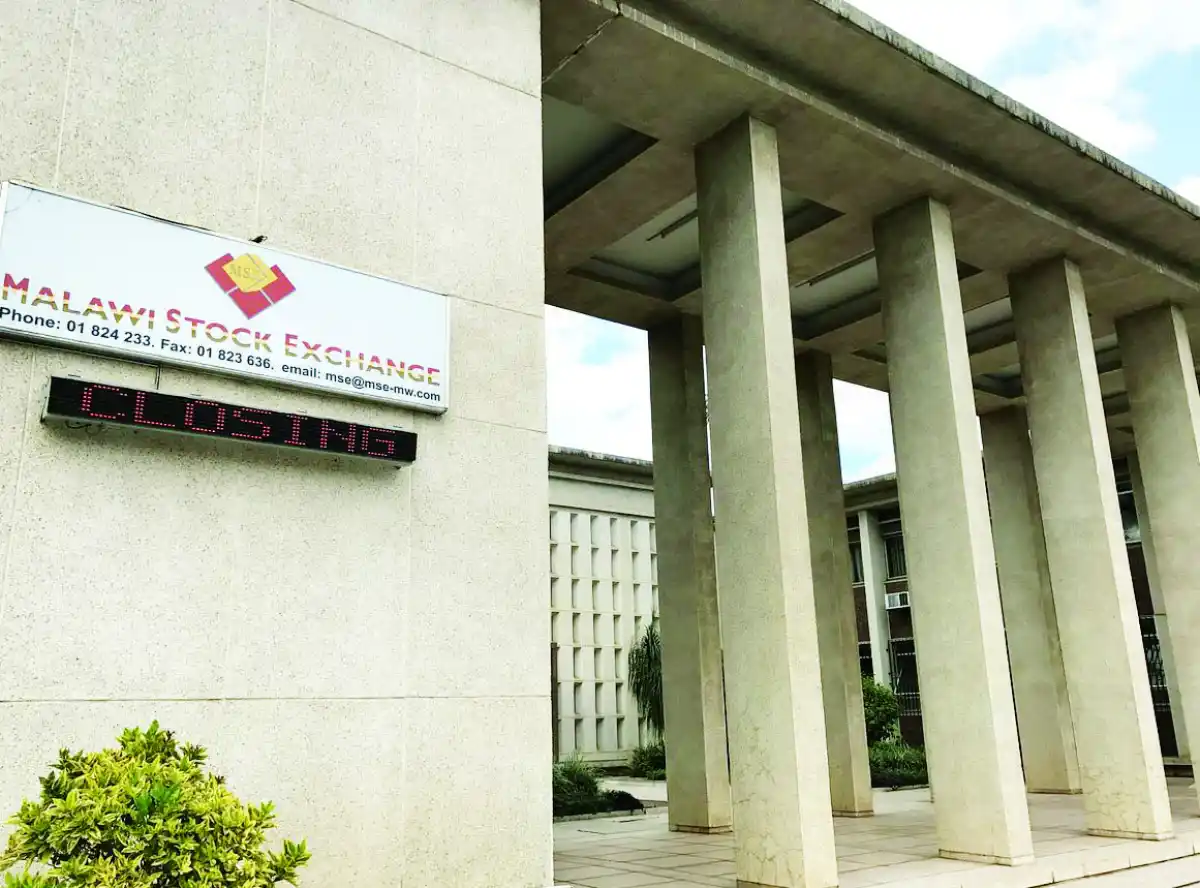
By Kingsley Jassi:
There is a turn in the flow of credit from the country’s financial market that has seen increased uptake by the industry amid concerns of heavy domestic borrowing by the Treasury.
This is according to Reserve Bank Governor Wilson Banda.
He was speaking on the sidelines of the launch of Deposits Insurance Company (DIC), a new safety net to small depositors.
Banda was addressing the issue of a buoyant and profitable financial market that is not adequately financing industrialisation that the country needs heavily to move out of the protracted macro-economic adversities that continue to stifle the industry and push more people into poverty.
However, Banda was more optimistic, citing a gradual change in the flow of credit that, he said, is now increasingly financing industrial and commercial activities.
“We know that banks in Malawi have been largely investing in government securities but recently we have seen a shift away from that and have been supporting the private sector in terms of production and commerce generally,” Banda said.
The central bank governor said that a look at statistics currently shows the trend, stressing that there is solvency, resilience and adequate levels of liquidity that should be able to support investments.
A look at the local banking industry performance profile shows that the banking sector’s capital adequacy ratio is at 18.3 percent as of June as the liquidity ratio was at 54.1 percent with a 5.9 percent return on assets.
Supporting the governor’s notion, the quarterly Financial and Economic Review by the central bank shows that annual growth rate of private sector credit accelerated for a second consecutive quarter to 28.5 percent from 26.6 percent in the first quarter this year and growing by 19.4 percent over the corresponding quarter of 2023.
“On a quarterly basis, the stock of private sector credit increased by K153.7 billion (12.1 percent) to K1.4 trillion in the second quarter of 2024, compared to a growth of K66.9 billion (5.6 percent) in the preceding quarter,” the report says.
In terms of components, commercial and industrial loans, individual household loans and mortgages rose by K113.6 billion, K31.5 billion, and K7.6 billion in the review quarter, respectively.
However, the report shows significant credit flow to the Central Government from commercial banks, expanding by K276.9 billion to K2.3 trillion in the quarter and the World Bank is apparently concerned with this level of government borrowing from the domestic market.
While acknowledging a level of resilience in the banking sector, World Bank Country Manager Firas Raad said there is still some exposure, owing to the high levels of lending to the public sector.
“I think banks have certain degrees of resilience, but they are lending a lot to the government so there is exposure there in that respect but there are stress level tests that are done on the banks on regular basis as far as we know,” Raad said in a separate interview.
A recent Financial Stability report by the central bank raised a red flag that the banking sector risked suffering sovereign default at the rate things were going as Treasury’s capacity to timely settle maturities was dwindling due to deteriorating fiscal space.








0 Comments